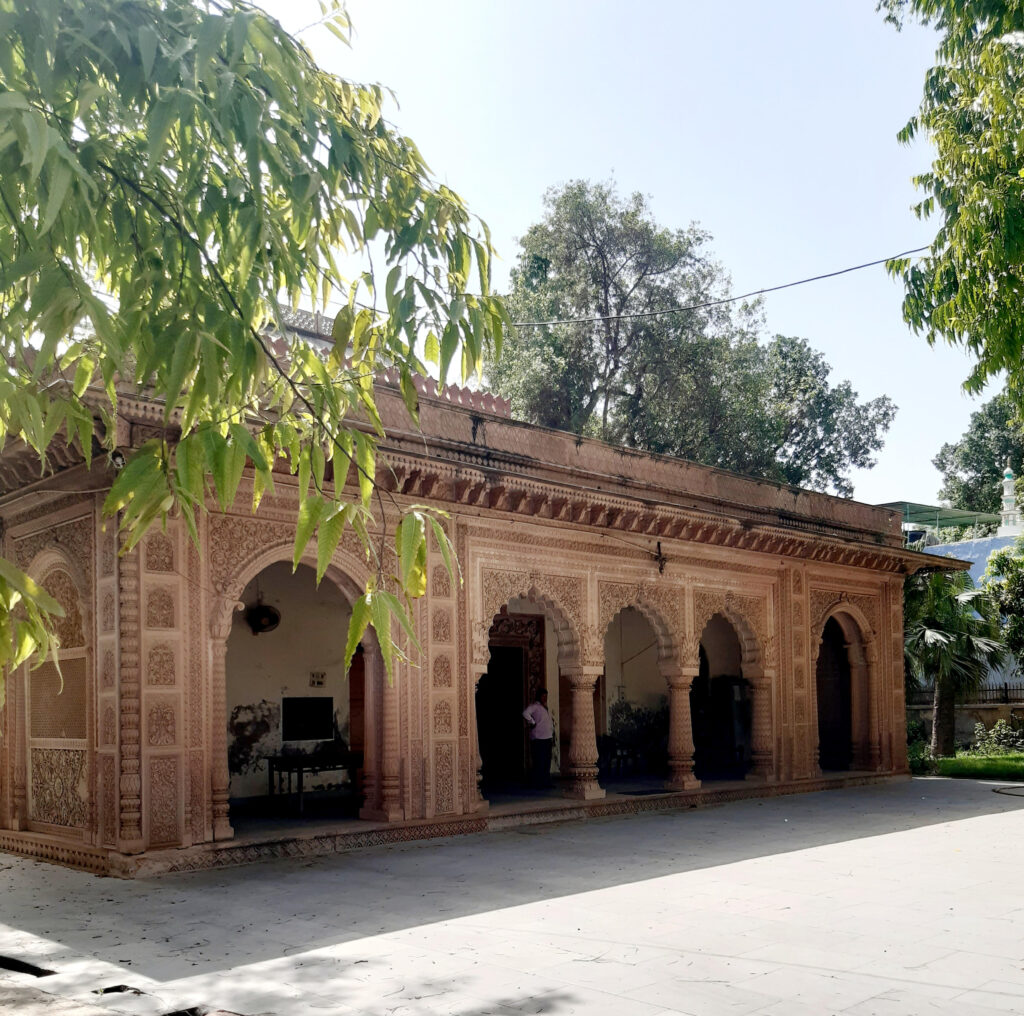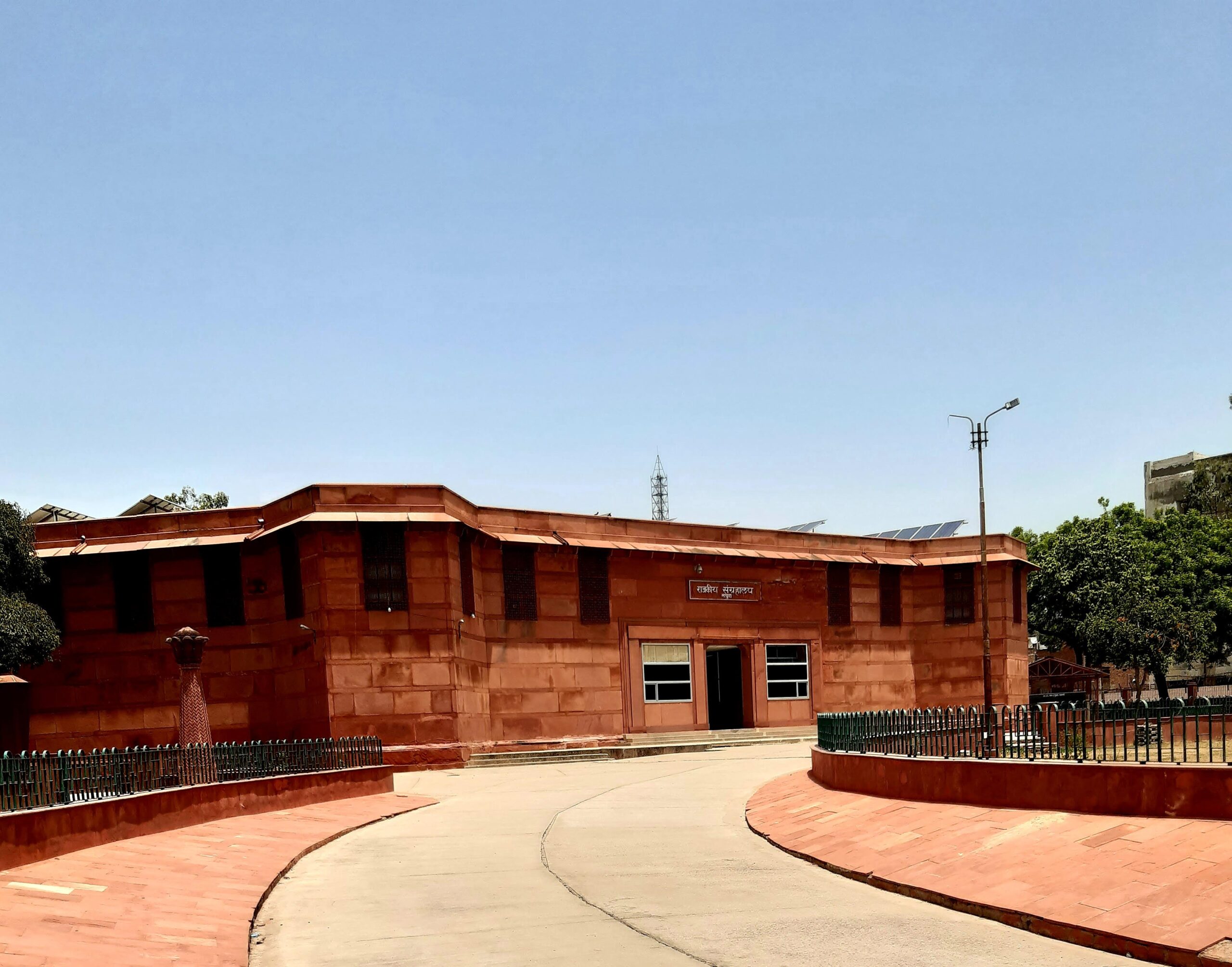Mathura- an ancient city preserved in a museum (Shambwaditya Ghosh, India, ITP Senior Fellow 2015)
A few days back, I shared some photographs in our Facebook group and promised to tell you where I was and what I was doing there. I was at the Government Museum at Mathura. It is situated in the Indian state of Uttar Pradesh in District Mathura. My Indian friends in ITP know everything about this museum, but I thought it would be exciting to share some of my experiences with other friends far away from India.
Before I come to the museum and its stunning collection, it will not be excessive to say that Mathura was a connecting point of cultures in the early Christian era. Mathura was the eastern outpost of the Kushana Empire, expanding to large areas of present-day central Asia. I am sure friends from Pakistan, Azerbaijan, Armenia, and Turkey know the Saka and Kushanas empires and their cultural connections between the central and south Asian networks of trade, art and religion. However, in the Indian sub-continent, mainly in the northern parts of India, Kushana emperors ruled in a very distinctive way. They even adopted Indian names! Mathura was their easternmost capital, a buzzing trade centre, a congregational site of different religions and sects and a prolific centre of art, commonly known as the Mathura school of art. It is prevalent in every city in the ancient world that a city is not developed only for dwelling purposes. Other circumferential activities also develop based on the resources drawn from the cities; art is one of them. It is also common for the modern cities where culture, economy and arts flourish together.


My purpose in visiting this museum was to study these excellent objects, their arrangements in display and what visual narrative this display conveys to the visitors. The person who did my job easy and collected all these objects to study and interpret was Fredric Sulman Growse. He was an Indian Civil Service officer born in Suffolk, England, in 1836. However, the passion he was an orientalist with a keen interest in classic and oriental languages and literature. He obtained his master’s degree from the University of Oxford. He joined the Indian Civil Service in 1860 and most probably came to India in 1864 for a post in the North-Western Frontier Province, later posted in Mathura as district collector in 1870. It was the culminating point of Fredric Growse’s career as a district collector of Mathura. He learnt the local language and mediaeval Hindi to read the religious scriptures, interacted with the religious teachers and promoted local craftspeople. His interest in antiquity was nothing new like other colonial officers, but Fredric Growse was not only a ‘Collector’. He was an enthusiast of documenting ancient sites and ruins. His district gazette of Mathura is considered a primary source by every archaeologist. He was a close acquaintance of Sir Alexander Cunningham, who is considered the father of Indian archaeology. Due to his ill health, he had to return to England but continued his archaeological work. In 1882 Fredric Growse donated his remarkable collection of Indian pottery to the British Museum.


Though Fredric Growse came to India as a bureaucrat, his keen interest was in antiquity and the literature of northern India. He started collecting objects with an antiquarian interest, but later he realised that there must be a permanent place to display his collection. In 1874, in a guest house adjacent to his residence, he opened a museum with archaeological objects and manuscripts he collected from the Mathura and nearby areas. Initially, this museum was named an archaeological museum but later named the Curzon Museum of Archaeology after the viceroy George Nathaniel Curzon visited the museum and supported the cost of the maintenance of the museum. In 1974, the museum collection’s centenary year shifted to a new building and was renamed the Government Museum of Mathura.


The collection varied from sculptures, terracotta objects, coins, miniature paintings and illustrated manuscripts. The main attraction of this museum is the colossal sculptures of the Kushana emperors and some rare examples of early Indian art. As said before, Mathura evolved as an art centre with distinctive features and style. This museum holds a key sculpture to understanding early Indian art. The images of Yaksha, Bodhisattva, panels depicting celestial danseuses, and early images of Krishna are some main attractions of this museum. Another exciting part of this museum is the Gandhara gallery. Gandhara; is one of the ancient cities of a trade network and a flourishing art centre. This part of the gallery mainly contains minor art objects, decorative panels and a few sculptures of Bodhisattva. The question that might come to mind is what Gandhara art specimens are doing in a museum space that houses objects from a specific region. Is it because of creating a comparison between these two schools of arts? Showing differences in subjects, features and treatments? As we know, the longstanding debate about who made the image of Buddha first? Is it Gandhara, or it is Mathura? Politics of display begins from here.
